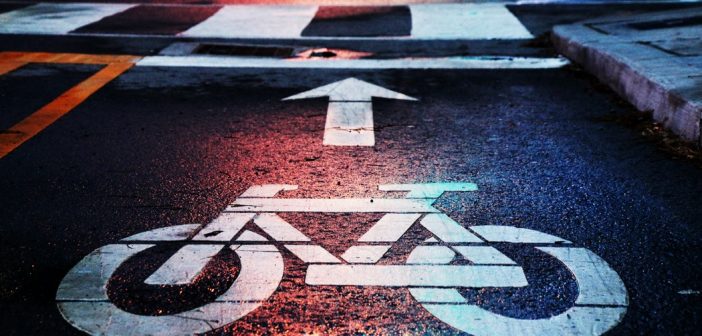I read with interest your recent article in which your correspondent argued the case for a Christchurch bypass. I am broadly in agreement with them, but fear the cost would be astronomical. I wish to suggest an alternative proposal, to help alleviate much of the traffic congestion in an instant.
Living close to Castle Lane East, I see the problems and frustrations many people have on a daily basis, and have come to the conclusion that the problem is cyclists. Bournemouth, like many parts of the county, is becoming more cycle-friendly but in my opinion it is this policy of cycle lanes which is actually slowing the traffic up.
I observed just the other day how many cyclists used the cycle lane on that road. In the space of one hour I counted just five cyclists using the road, during that same hour over twenty used the pavements.
The solution is simple. We need to scrap the cycle lane on Castle Lane East and create a third middle lane; this can be used either as a westbound lane to ease traffic flow, or even made into an emergency lane for ambulances and buses.
Since the cycle lanes were introduced, the traffic has got slower. This increases pollution levels, which is not good for any of us. Taking these lanes away will solve this problem, and the cyclists can use the pavements.
It would be interesting to hear what your other readers think of this idea.
Sincerely Yours,
Geoffrey Windberg, Iford



2 Comments
Dear Editor,
I would like to respond to a recently published letter by Mr. G Windberg in your BHLiving magazine. Mr Windberg suggests scrapping cycle lanes to provide more space for vehicular traffic. Whilst I agree that something drastic needs to be done about the ever increasing volume of cars on our roads, I don’t believe that the idea of letting cyclists run riot on our pavements to be a good one.
I have a very elderly mother who is often shown very little consideration by cyclists who have mounted the pavement; in fact they often assume they should be given priority. They also tend to go extremely quickly, and are a danger not only to the physically frail, but children and dogs. If pavement-sharing were to occur, then maybe English sidewalks could follow the excellent example shown by our Antipodean friends. In Perth, Australia, the pavements are wide enough to be split into two – one side clearly designated for pedestrians, and one for cyclists, which are separated by a painted line. This provides everyone with a clear boundary, and the cyclists there understand that right of way is to the pedestrian, and will mount the road if necessary to allow the pedestrian priority.
Although this scheme would not work in town centres, for major roads such as Castle Lane, which actually has a wide pavement and sees a low volume of pedestrians, then a split system could work. However, I believe we need to first educate our young (typically male) cyclists into realising how their presence on a pavement can often be a menace, and a great worry to many.
Yours sincerely,
Lisbeth Addis
By removing the cycle lanes as suggested by your correspondent, he merely exchanges a long thin traffic jam for a shorter fatter traffic jam, also ignoring pedestrians, who must be expected to scramble onto garden walls to avoid his cycling solution. He does not mention the exact location, day of the week or the time of day when his observations were made. Equally there is no mention of the general increase in vehicle numbers which seems far more likely to slow traffic, not forgetting the hundreds of cars disgorged from Castlepoint every hour. Traffic always expands to fill the space available, and should we really be thinking in the 21st century of creating further road space? Other solutions are needed, and the assumption that the private car is a permanent fixture clouds original thought about transport problems.
One possibility is the abolition of the school sit, in which children are filled with carboydrates, strapped into the back of a 4×4 and delivered unexercised into the hands of an unfortunate teacher.